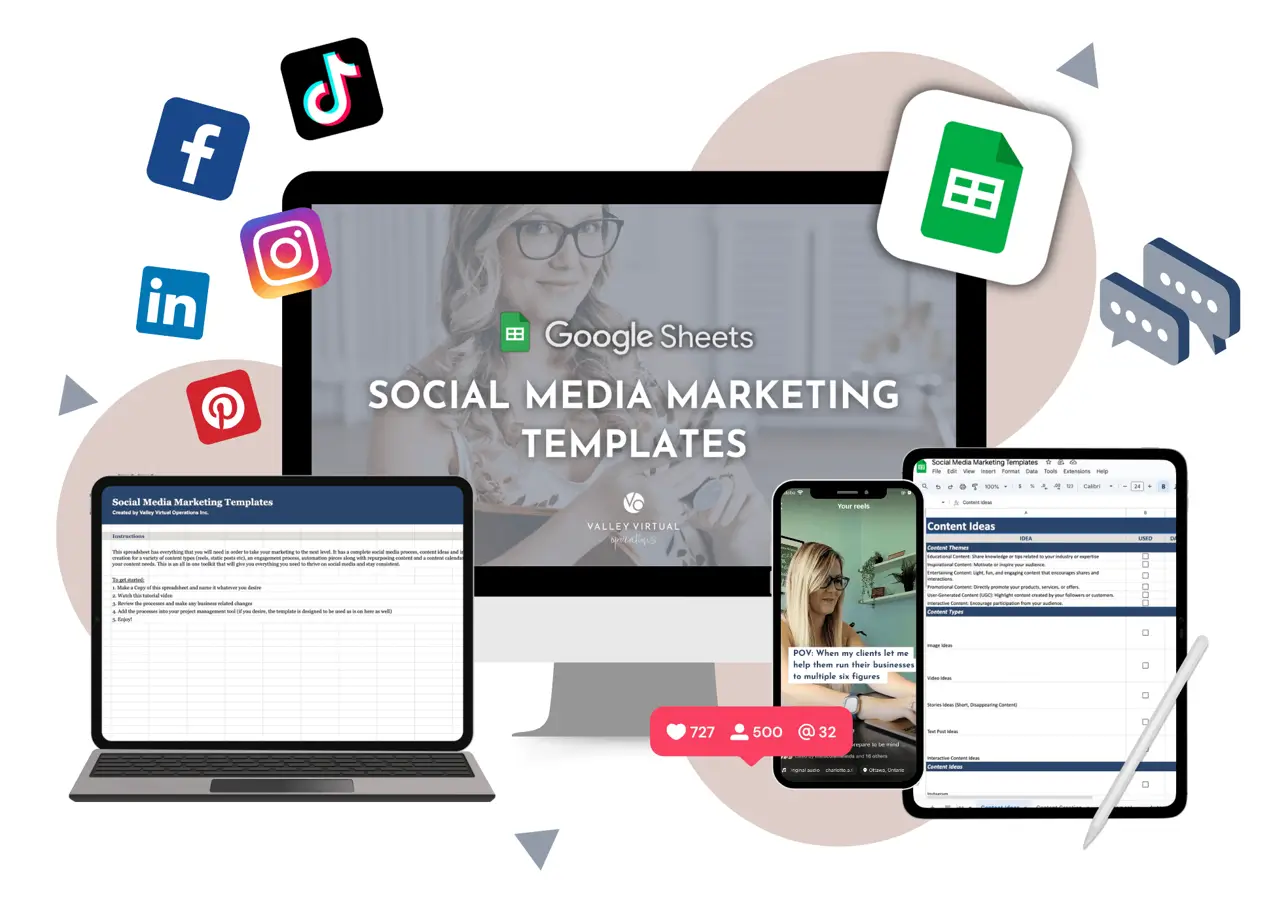If your business feels stagnant or isn’t growing as expected, it may be time to ask for feedback. Feedback is one of the best ways to gather information, and you can use it to check your business and ensure you’re meeting expectations and delivering what you promised.
And the best way to get that feedback is by creating feedback loops.
What is a Feedback Loop?
A Feedback loop is the process of gathering information from your clients, responding to it, and using it to grow your business.
They can help you identify issues, smooth out your client experience, create needed products or services, and give insight into your client’s opinion of your business.
There are several ways to gather feedback, but sorting through them can be challenging if you’re unsure what to look for. To help, let’s narrow it down to the top three locations for gathering feedback and making loops. They are:
- Current Clients
- Social Media
- Team Members
Current Clients
When you need feedback on your business, the best place to start is with your current clients.
If you run a service-based business, you should send them surveys after about a month of working with you to ask how you’re doing, if they have questions, and if you’re meeting their expectations.
However, all businesses should send surveys after completing a job or project and ask the client for feedback, testimonials, comments, and suggestions for a smoother client experience.
These surveys don’t have to be long, either. Five questions or less should be enough to give you what you need. Ask them things like:
- What did we do well?
- Did we meet (or exceed) your expectations?
- What could we improve for next time?
- What was your business like before we began working together?
- Any other comments or suggestions?
That’s all you need.
You can also use programs (like Typeform) to make the surveys eye-catching and fun, which increases your chances of getting a response. You also want them to be completely honest with you, so make it clear that they can express their constructive criticism without fear.
Once your surveys are ready, send them out no later than a week after you finish up the project or service. That way, the experience will be fresh in their mind, and they can give you more accurate feedback.
Social Media
Social media is a fantastic way to gather feedback, and it’s versatile enough that you can do a couple of different things to get the information you want.
You could create a poll and ask which new option they’d like best. For example, use a poll to ask them if they’d prefer service X or Y and see which wins. Or, you could ask them if they enjoy seeing content A over content B. As long as you don’t give them too many options, polls are a great way to get feedback on a specific part of your business.
Another option is to engage directly with your audience through an “Ask Me Anything” (AMA) or “Question and Answer” (Q&A) session. By opening that space for questions, conversation, and suggestions, you’re inviting your audience to be open with you about their experiences. Plus, you can get real-time feedback on the state of your business, which is some of the most valuable feedback you can get.
Remember, you don’t have to make it long. Two to three options per poll max, and asking short questions of one to two sentences. If they post something that needs clarification or more information, you can always send them a DM and ask for it.
Team Members
Finally, it’s time to talk to your team (or anyone you’re working with) and get their feedback. As with your current clients, send your team a short survey every quarter or so and ask them how they feel about the business. Ask if they’re having trouble with assignments or management, if they have any suggestions or comments, and how you can make it a better work environment.
The most important thing about team feedback is to approach it with a sense of grace. You don’t want to punish them for their honesty- instead, if they say something isn’t working, ask them what they’d do to fix it. It’s not personal, and the more open you are to receiving constructive criticism, the better your business will become.
Your team knows their role and how they work best so their feedback is crucial in helping you find the flaws in your business and helping you grow as a leader.
Final Thoughts
Feedback is essential to maintaining and growing your business. You can also gather great ideas and insights from the responses you get. Remember to check your data regularly, gather ideas and suggestions, and use that information to grow your business into something your clients (and team) will enjoy.







